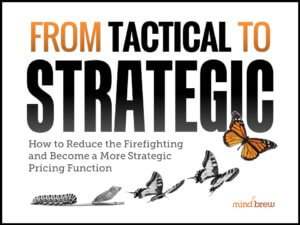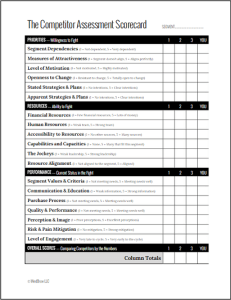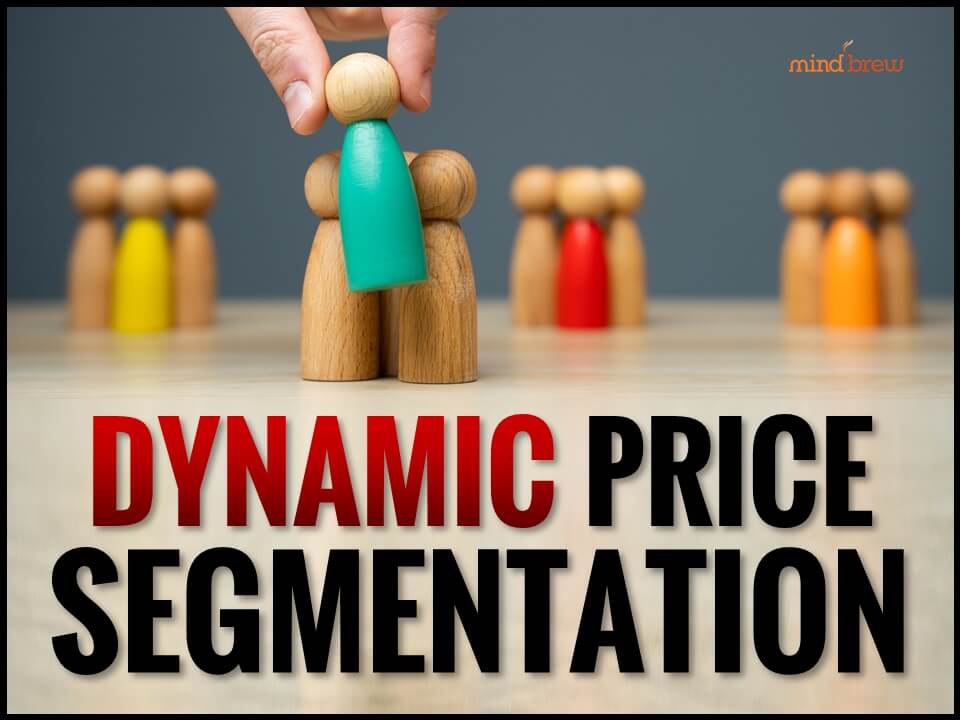Don’t you love the feeling you get when you leave the office early on a Friday afternoon knowing that you crossed off everything on your to-do list for the week? Isn’t it great to know that when you show up on Monday, all the important problems will already be solved, and you’ll have a clean slate to start the week fresh?
What? You don’t know that feeling?
We don’t either.
In the world of pricing, it’s more common to be constantly grappling with an endless stream of challenges. No matter how much we achieve, there always seems to be another urgent issue on the horizon. Often, it feels like we never quite complete the tasks we set out to do each day.
Those of us in pricing face a perpetual conundrum: do we address the immediate pricing issues at hand, or should we invest our efforts in developing a more robust, long-term pricing strategy?
The temptation, of course, is to put all your time and energy into the short-term emergencies. After all, if your house is burning down, you’ve got to put it out. And fixing what’s right in front of you can be very gratifying — especially if it’s a problem you can address relatively quickly.
But that approach can leave you with little to no time to address more strategic issues. And in the long run, failing to address the big picture actually generates more short-term work.
Then again, you can’t spend all your time on the long-term projects either. Failing to address an immediate need is a quick way to find yourself unemployed.
When your head is spinning and you can’t figure out what to do next, we recommend categorizing your tasks into four buckets:
- Immediate Action: Problems that are both urgent and critical.
- Strategic Focus: Problems that have a broader impact on the future, even if they’re not pressing right now.
- Scheduled Review: Problems that aren’t immediate or widely impactful but should be reviewed periodically.
- Let It Be: Problems that are minor and don’t require attention given other priorities
The first time you go through this exercise, you might find that almost everything seems like it belongs in the immediate action bucket. When that happens, go through the list a second or third (or even a fourth or a fifth) time and move things into other buckets. You’ll probably find that you could put a lot more tasks than you originally believed into the scheduled review or let it be buckets.
Remember, you aren’t putting these tasks off forever. Instead, you’re freeing up some breathing room so that you can tackle some of the issues in the strategic focus bucket.
In fact, you should spend a little time with the tasks in each bucket. But dividing them up makes it easier to decide how much time you want to allocate to the different categories.
You can find more tips on becoming a more strategic pricing team in From Tactical to Strategic Pricing. You can also learn from other teams that have made this transition in the webinar on Powerhouse Pricing Teams.
You might never get to the point where you feel like you’ve accomplished all that there was to do during a given week. But that’s not necessarily a bad thing. A constant stream of new challenges makes for a more fulfilling career.
But these tips can help you get to the point where you feel like you are spending your time as effectively as possible. And in the end, that’s probably more satisfying.
From Tactical to Strategic Pricing
Powerhouse Pricing Teams

In B2B, dedicated pricing teams are still a relatively new development. And as such, there are no long-standing rules for how everything should work. In this on-demand webinar, explore the common traits, characteristics, and behaviors of successful pricing teams that have been around longer than most.














